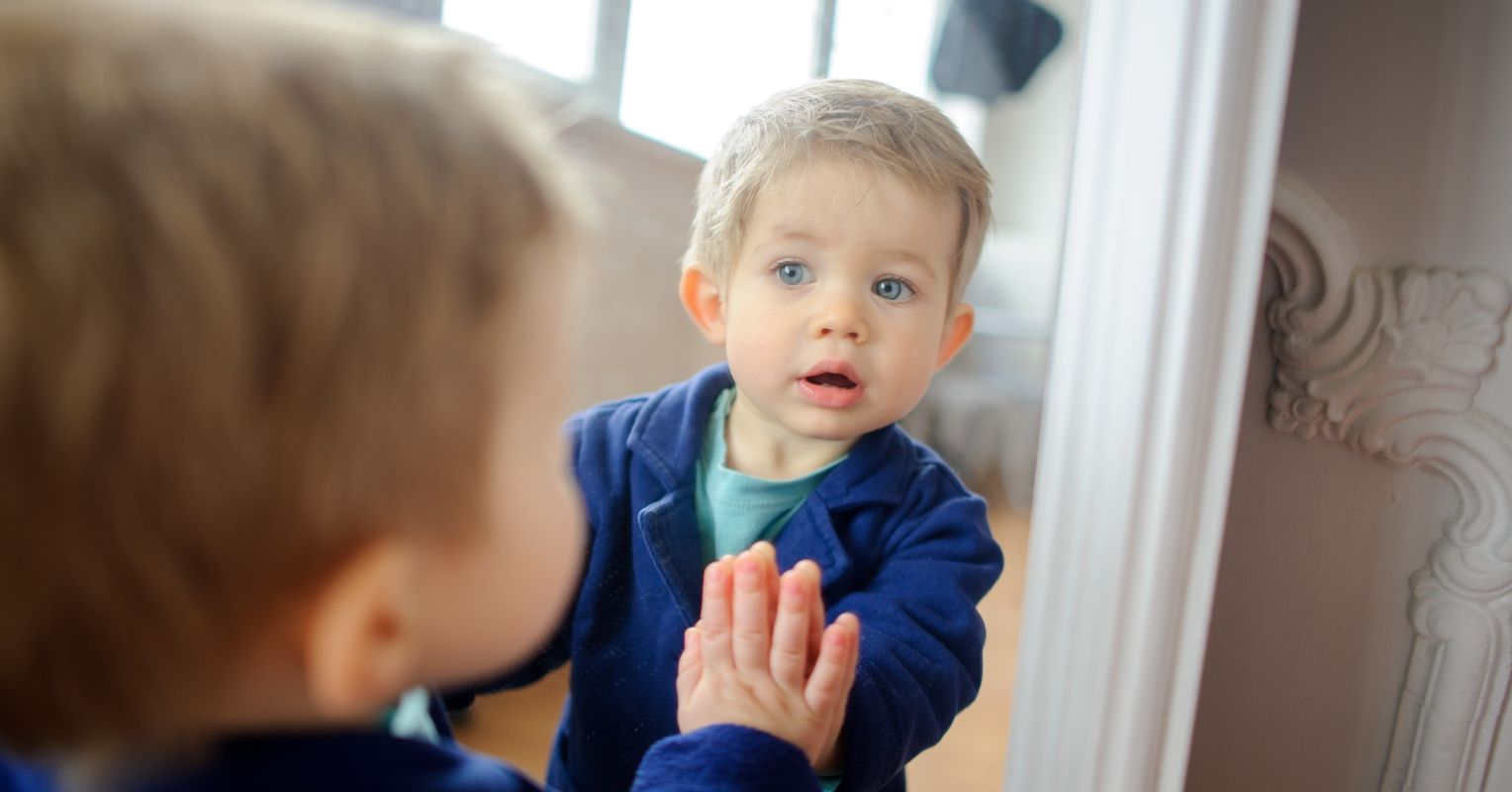OK, the bathroom is a safe space…I’m gonna go out of the bathroom, and you can say all the curse words you’ve got inside of you…this is where you can get them out.
You may have come across trending hashtags like #bathroomcursingchallenge, #cursingkids, or #cursingchallenge on platforms like TikTok, leaving you with a sense of discomfort without a clear explanation of why. For individuals who have experienced trauma as parents, such content can be unsettling yet strangely captivating.
Let’s delve into the problematic aspects of this challenge and similar TikTok trends involving children.
1) Online Safety vs. Privacy in the Bathroom
While the bathroom may serve as a private sanctuary, the online realm lacks the same level of security and confidentiality. When parents prioritize filming their children for social media content, the focus shifts from nurturing the child to catering to algorithms. Children inherently trust their parents to guide them through life lessons, including coping with emotions. However, in the context of creating viral content, this trust may be compromised.
We educate adolescents on the permanence of online posts, urging them to think before sharing. Yet, by exposing their children on the internet, some parents overlook the potential risks and vulnerabilities. Are viewers simply amused by the contrast of explicit language from innocent mouths, or are we subjecting these children to a voyeuristic gaze?
2) Ethics of Consent and Exploitation
As these children mature, they may confront the realization that their innocence was exploited for virtual validation in the form of likes, saves, or shares. This breach of trust from a parent can shatter the foundation of attachment and the fundamental stage of psychosocial development—trust versus mistrust. The revelation that a parent manipulated their naivety, exposing them to potential harm, can be emotionally devastating.
Drawing from Salvador Ferenczi’s concept of the “Confusion of Tongues,” exploitation in parenting extends beyond just sexual implications. Any discrepancy in intentions between an adult and a child, coupled with a lack of genuine consent, opens the door to exploitation and objectification. By showcasing children’s unfiltered moments online, we risk dehumanizing them and disregarding their autonomy. Since children cannot provide informed consent, their innocence becomes a commodity for viral content.
3) Unveiling the Root Cause
Some TikTok videos depict children reenacting intense and aggressive scenarios, possibly mirroring conflicts witnessed at home. As a child psychologist, observing these behaviors raises concerns about the underlying trauma that children may be internalizing. Instead of solely focusing on the surface behaviors, such as cursing, destroying property, or aggression, the emphasis should shift to understanding the underlying reasons behind these actions.
Rather than asking “What should we do about this behavior?” the more crucial question is “Why is this behavior manifesting, and how can we address the root cause?” By delving into the emotional triggers prompting these actions, we can offer genuine support and intervention to help children navigate their complex emotions.
Children often communicate distress through actions rather than words, especially when grappling with overwhelming emotions stemming from traumatic experiences. It is imperative to decipher the underlying messages behind children’s behaviors and provide them with the necessary support and empathy.
In conclusion, it is vital to prioritize the emotional well-being and dignity of children in online spaces, steering away from exploitation towards genuine care and understanding. Let’s listen to the unspoken cries for help beneath the surface behaviors and foster a nurturing environment for our younger generation.

